We aspire to create an engaged community and make philanthropy a central part of our experience. 1% of gross ticket sales is reinvested in the community through the SUMMIT Foundation, working with New York focused charities and organizations to change the world for the better.
Giving Back



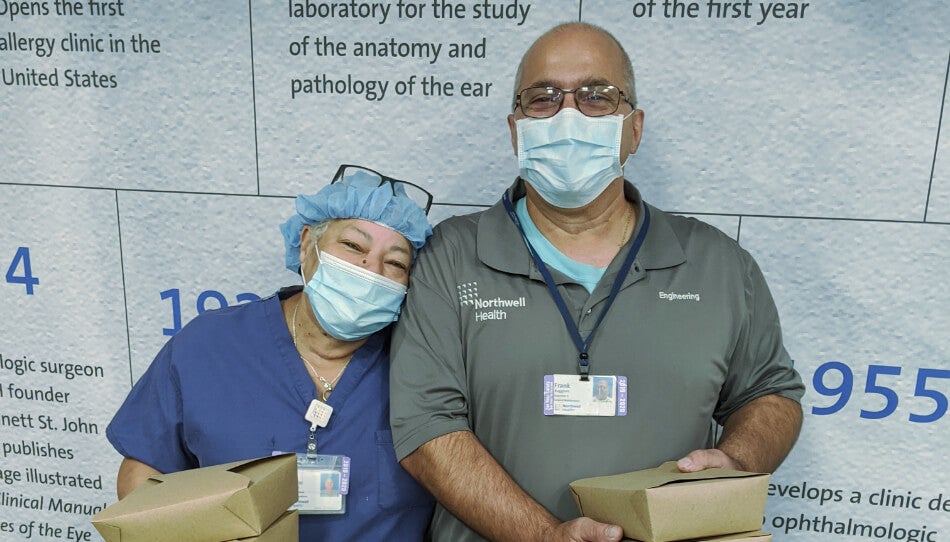



SL Green and over 500 of our partners and friends have committed nearly $5.0 million to this important cause to date.
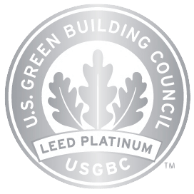
Sustainability
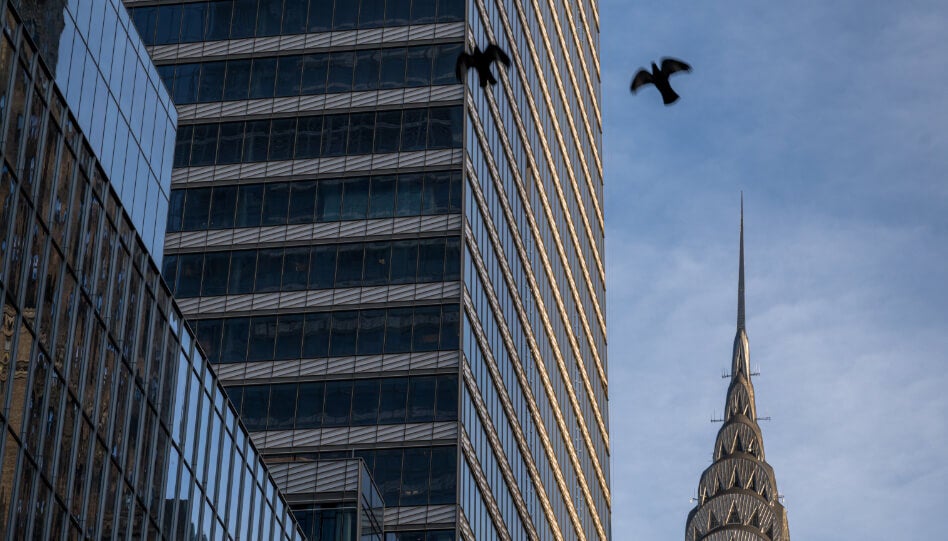

Even before we broke ground, we envisioned a building that would achieve one of the lowest carbon footprints in New York City. We held ourselves to the highest standards and took a performance-based approach to design, operations, and maintenance that delivers measurable sustainability results for New York. Don’t just take our word for it. Check out the features that set One Vanderbilt apart, starting with green construction and spanning the entire life cycle of this sustainable building in NYC.

We reached a 75% recycling rate during project demolition and construction. This achievement is unique because we were able to repurpose an entire city block of building materials and divert waste from landfills.

In order to minimize our use of virgin resources, we procured steel rebar for our concrete foundation that was comprised of 90% recycled materials.

With a focus on optimizing energy performance, the building is designed to consume 26% less energy than the ASHRAE 90.1-2007 baseline, which establishes criteria for energy related characteristics of buildings.

One Vanderbilt is equipped with high performance window glazing that improves insulation for heating and cooling efficiency and reduces energy waste.

SL Green invested $220 million in public realm and transit improvements to enhance the infrastructure for the Midtown East community.

In alignment with our commitment to diversity, 19% of our contractors throughout construction were represented by M/WBE companies.



One Vanderbilt’s 1.2-megawatt cogeneration system generates electricity onsite and is projected to provide almost 50% of the whole building’s electrical use. This advanced technology reduces demand on the New York City grid and eliminates heat waste.

Our 150,000-gallon rainwater and collection treatment system reduces the demand for cooling tower water by 1 million gallons per year. Our spaces are also equipped with ultra-high efficiency water fixtures that reduce water use by 40%.

Reduced lighting power density and occupancy sensors throughout One Vanderbilt’s base building areas improve energy consumption.

One Vanderbilt participates in utility demand response programs by voluntarily powering down nonessential equipment and lighting when the electric grid is strained due to high power consumption across New York City.

Our destination dispatch elevators not only improve the rider experience, but also save energy by grouping passengers with similar destinations, which reduces the number of start and stop times.

The janitorial team at One Vanderbilt is continuously trained to promote and improve building-wide recycling rates by using a color-coordinated waste management system.



Wellness


What makes this sustainable skyscraper so special is the thoughtful consideration to wellness elements including quality air and water, cleaning and disinfection, natural light, and building system enhancements. Together, these elements elevate the standard for a healthy built environment.

Air Filtration
HVAC systems throughout the building are equipped with MERV 16 media filters that capture over 95% of airborne particles. This filtration level greatly exceeds the requirements of New York City’s Energy Code, which prescribes the use of MERV 9 filters. HEPA filters have also been positioned throughout common areas to capture 99.99% of particles.

Enhanced Ventilation
Mechanical systems increase the supply of outdoor air and continuously cycle fresh, filtered air throughout the building. One Vanderbilt exceeds outdoor air supply rates recommended by ASHRAE’s technical standards by 30%.

Real-Time Air Quality Monitoring
Base building air quality is assured by WellStat, a monitoring system that provides real-time air quality levels that measure indicators including carbon dioxide, particulate matter, VOCs, temperature, humidity, and more.



Water Contaminant Testing
All potable water is tested quarterly at the dispensation point for lead, copper, turbidity, disinfectant byproducts, fertilizers, and other organic pollutants. Water testing is conducted by an external third party based on thresholds published by the World Health Organization and the Environmental Protection Agency.

Moisture Management
Our operational strategies minimize the presence of unintentional moisture to protect occupants from adverse health effects and to protect mechanical systems from physical or chemical damage. As part of our inspection protocol, we periodically assess potential water infiltration, leakage, and mold growth and implement corrective actions.

Real-Time Air Quality Monitoring
Base building air quality is assured by WellStat, a monitoring system that provides real-time air quality levels that measure indicators including carbon dioxide, particulate matter, VOCs, temperature, humidity, and more.



Pollutant Management
All building entrances are designed to contain ground pollution and particulates. These entryway systems integrate grilles, grates, slots, and rollout mats that undergo a thorough cleaning process.

UV-C Light Disinfection
SUMMIT’s escalator handrails are disinfected using UV-C light technology, capable of destroying more than 99% of germs and virus particles on surfaces, preventing spread and infection in high-touch locations.
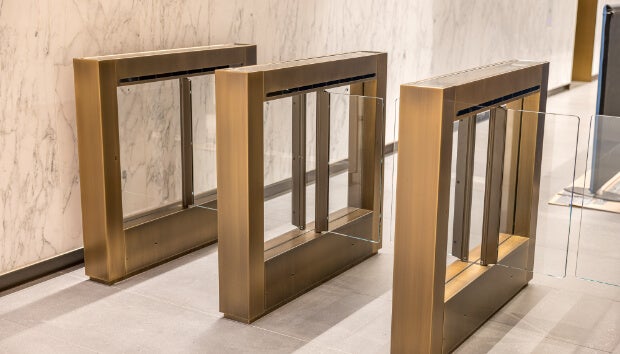


Enhanced Access to Daylighting
One Vanderbilt’s design purposefully maximizes access to daylighting for 85% of floor area through floor-to-ceiling windows and column free floor-plates. The building’s lighting environment benefits visual, circadian, and mental health, while improving productivity.

Sound
Acoustical comfort is integrated into One Vanderbilt’s infrastructure through sound mapping. Internal and external noise sources that can impact the acoustical environment of interior spaces have been accounted for to reduce background noise throughout the building.



LEED v4 Gold

LEED v3 Platinum

WELL v2 Platinum
| Hours — |
|
||||||||||||||||
| Address — |
45 E 42nd St, New York, NY 10017
Entrance located on the Main Concourse of Grand Central Terminal |
||||||||||||||||
| Connect — | |||||||||||||||||



© 2024 SL Green. All rights reserved.